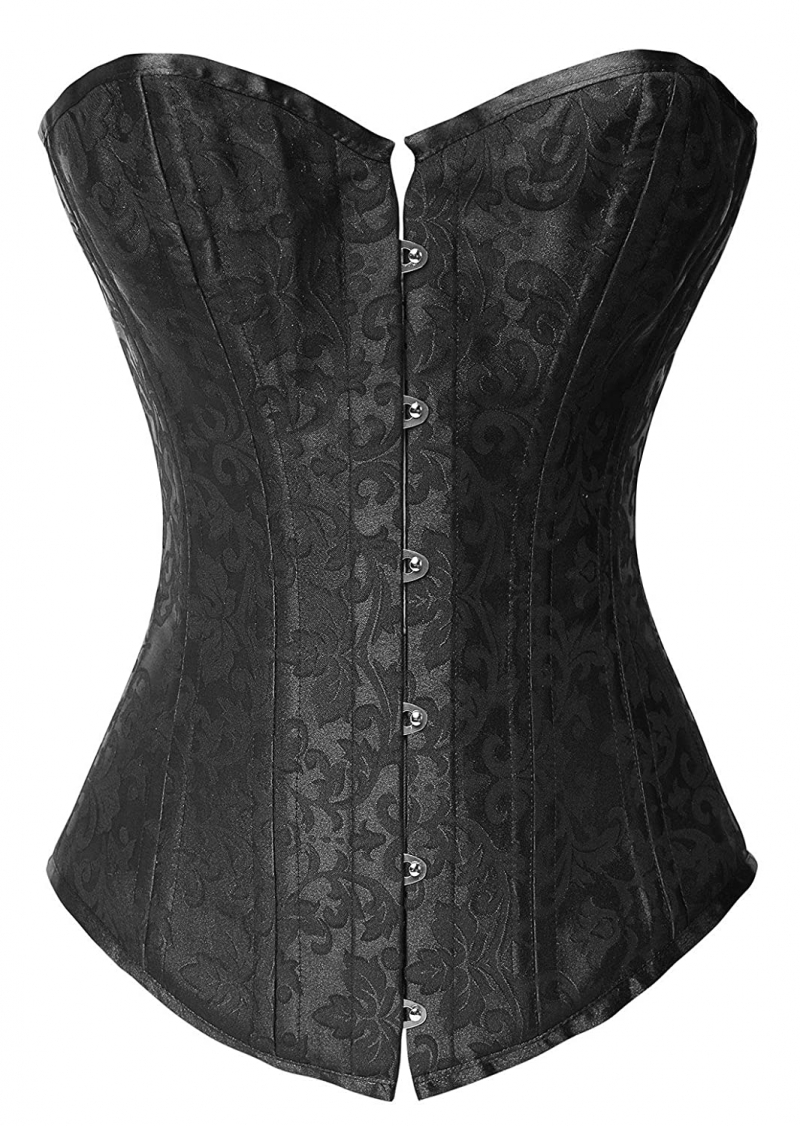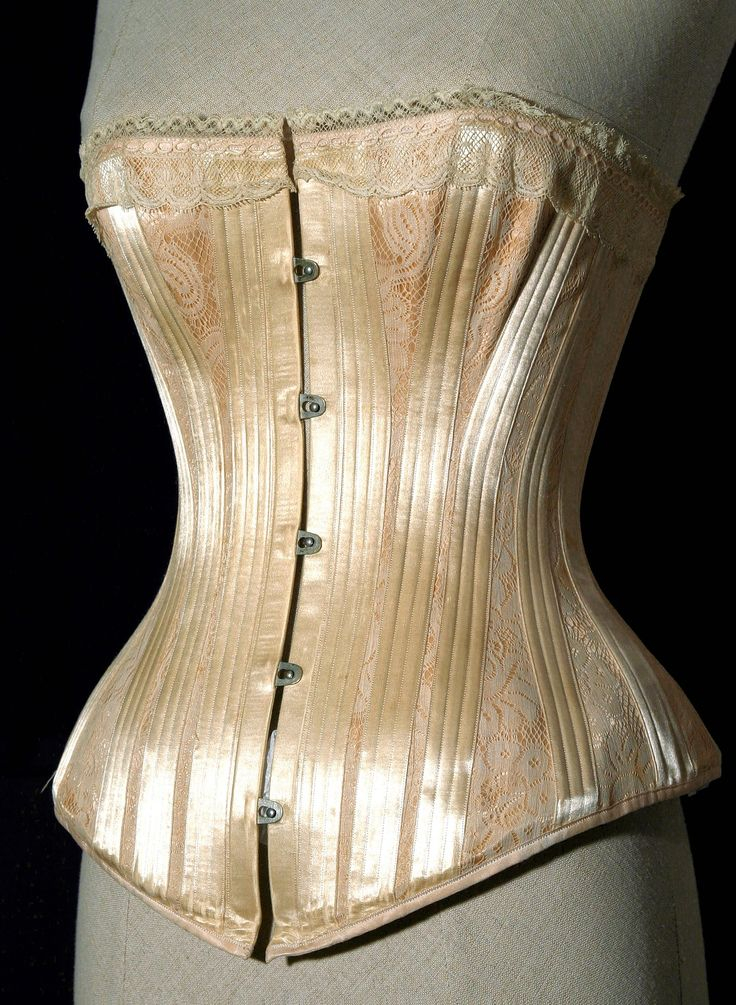Corsets
A corset is a set of undergarments made of steel subsequently replaced with strips of whalebone (really, whale baleen). Corsets were a fashion mainstay throughout the 19th century, giving women social prestige, respectability, and the idealized figure of youth despite criticism that they were unhealthy and undoubtedly unpleasant. Frequently referred to as "stays", from the French word "estayer" for "support". Women, the weaker sex, were believed to benefit from corsets by having support.
Corsets, however, never made direct contact with the flesh since cotton chemises were usually worn first. Victorian era women cared for their husbands and reared families. One of the reasons why women wore corsets—and very tight ones at that—to restrict their movements was this. Their waists were further tightened by tightlacing, which was fashionable in the 19th century and projected an even curvier form. New corset designs included ones that fell just below the waist. Additionally, an abdominal corset for pregnant women and sporty women who subsequently participated in activities dominated by males were introduced. It distinguished between low-class women with chubby bodies and high-class women who were free of the burden of household duties. Because it altered female anatomy and increased the risk of miscarriages, infertility, and other risks, it had more drawbacks than advantages.












